Stefano Girardi, director and author, has recently created several shorts entirely in 3D. Among these, the latest is The Empire Wants You, a fan film dedicated to the Star Wars saga, to which the WondAR Studios team collaborated by creating all the animations in Motion Capture.
Stefano Girardi told us about what it means to create a project like this.
How did the project of the Star Wars fan film come about?
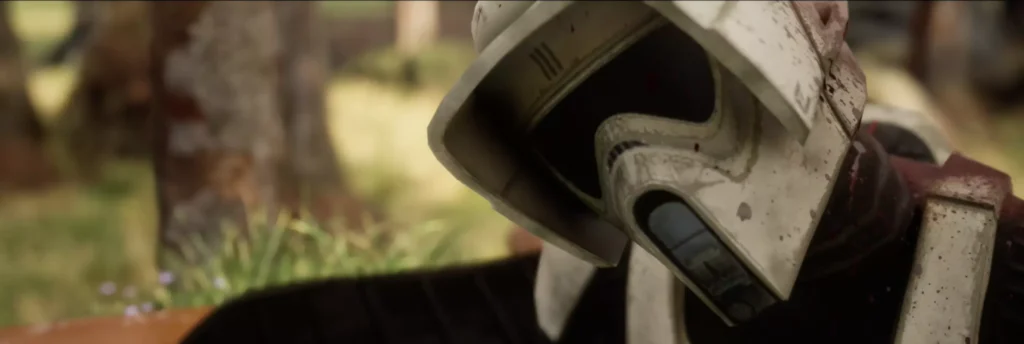
The project for this Star Wars Fan Film was mainly born from three motivations.
First of all, from my passion for the saga and the desire to contribute to the expansion of this narrative universe.
Secondly, from a professional challenge, as I wanted to make use of my skills as an author and director, as well as my competencies in 3D, compositing, and animation that I have developed in recent years.
Lastly, but not least, there was a need to send a message of peace, given the dark times we are living in with the war in Ukraine.
For The Empire Wants You, I thought of the story of a Storm Trooper who recently joined the Legion following a recruitment campaign led by Darth Vader himself. A series of promises and good intentions that quickly melt like snow in the sun, especially when it comes to bringing peace and balance throughout the Galaxy.
What software did you use for The Empire Wants You?

To create the CGI (Computer Generated Imagery) short film The Empire Wants You, I mainly used Unreal Engine 5, and in addition, Blender 3.0, iClone 8, Character Creator 4, After Effects, and Replica Studios.
UE5 is a spectacular software that allows creating hyper-realistic 3D environments thanks to an infinite library of 3D elements (Quixel Megascans) and, above all, a lighting system (Lumen Global Illumination and Reflections) that simulates the physical behavior of light in real-time.
Therefore, all the virtual shooting sequences and environments for The Empire Wants You were created within this program. Blender and CC4 were used for the customization of all the characters, iClone 8 for cleaning up the motion capture animations, After Effects for compositing some scenes with many layers of effects, and finally, Replica Studios to bring the voices to life. In fact, this software works with artificial intelligence (A.I.) that allows transforming simple text into spoken sentences.
Why did you implement Motion Capture?
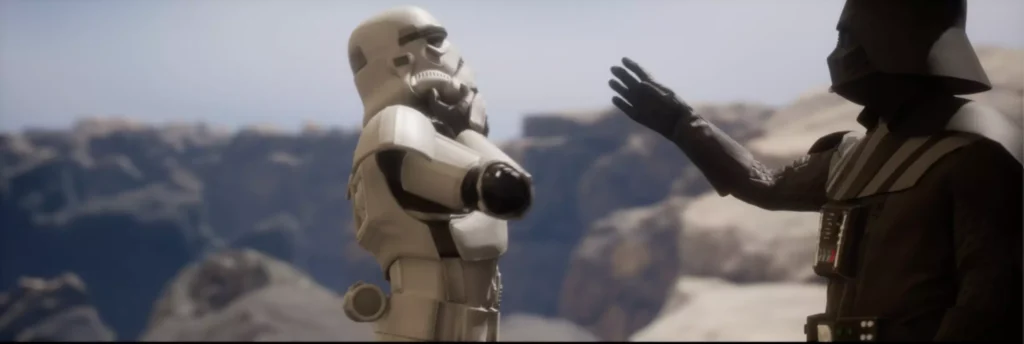
Animating a character in a credible and natural way is the key to the success of a CGI short film because, in the end, it's the characters and their behaviors that bring the viewer into the story. Artificial and unnatural animation, on the other hand, would distance the viewer, depriving them of an emotional experience of the story. Therefore, animation is a very important phase that requires a lot of work to be done well. Motion Capture makes this process much faster by allowing various modifications to be made on the fly.
How was your experience with Xsens and WondAR Studios?

Thanks to the Xsens suit from WondAR Studios, I was able to create, in addition to this Fan Film, another short film (Plan-E.T.), and in both cases, the result exceeded my expectations.
Creating animations with them was easy and fast. The suit is much easier to manage compared to other motion capture systems. It has the advantage of having gyroscopic sensors that transmit the movements of the suit without the need for a set prepared for motion capture through cameras (optical system).
In fact, if in the case of the first short film, we recorded everything in person in a studio, in the latest work, we recorded it remotely during a call. In less than an hour, I had all my animations, and I hadn't even left my house. A great advantage due solely to the technological features of this suit that can be used anywhere, from large outdoor spaces to small enclosed spaces.
Did you have to clean up the animations a lot?
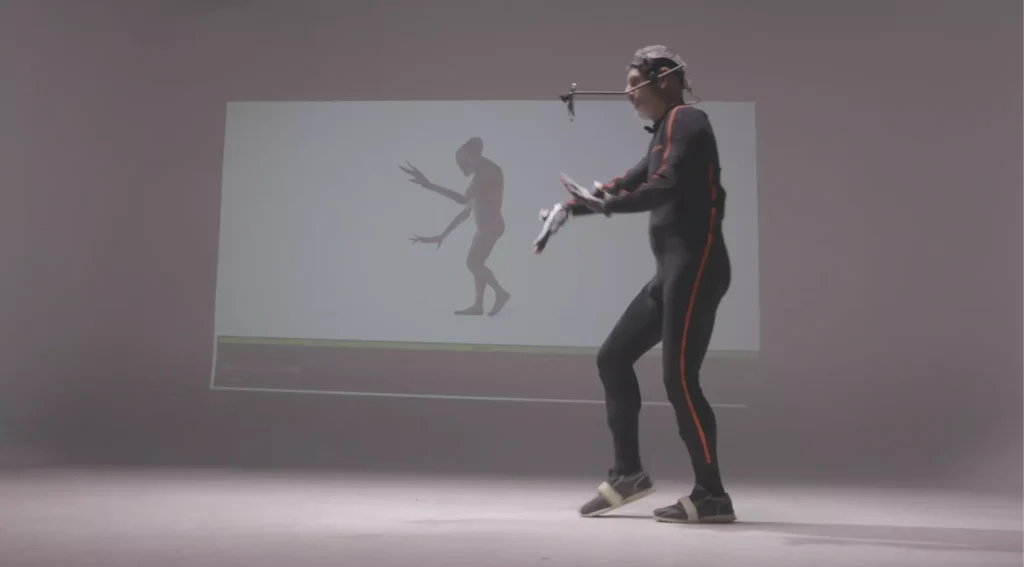
The animations imported into iClone were perfect in the first project because, in that case, we had created a live stream between the Xsens program (Muppet MVN) and iClone 7 (final character). In this way, both the actor wearing the suit and I could see the final result live and make corrections immediately. In the second short film, however, we worked only with the Xsens avatar, and once the animation was transferred to the character, some movements had to be adjusted to respect the actual dimensions of the character (e.g., helmet and armor). In any case, these were small corrections that took me about ten minutes per animation.
How was the transition from UE4 to UE5, and what are the fundamental differences?
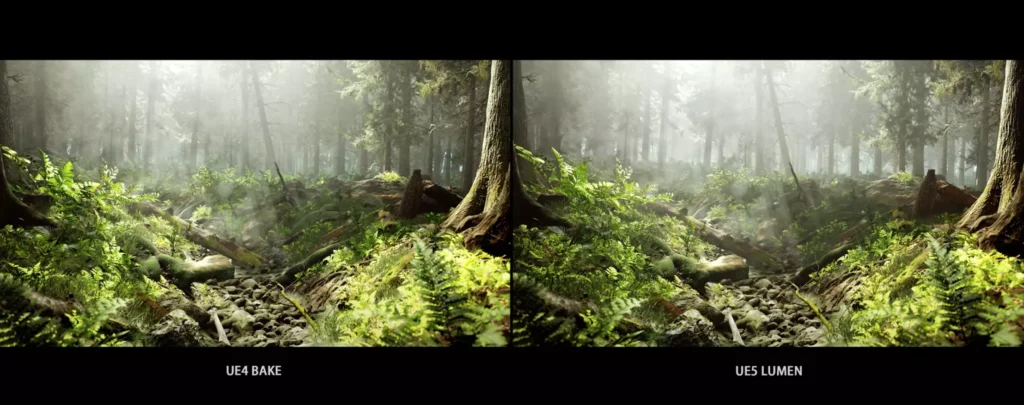
The transition from one version of the software to another was not traumatic, despite the many changes between the systems, which represent a true technological revolution. Especially, as I mentioned earlier, regarding dynamic lighting thanks to the Lumen and Nanite system. In any case, to make a comparison, it's like switching from a good compact car to a sports car. The "mechanics" behind it are completely different, but the same interfaces are still needed to drive it.
What differences did you find between iClone 7 and iClone 8?

The same applies to the upgrade from iClone 7 to 8. The animation functions were implemented without overturning the method and philosophy of the previous software. In fact, all functions have been simplified to make animation work accessible to an increasingly wide audience.
Did you have difficulty finding Star Wars 3D assets? What did you build from scratch?
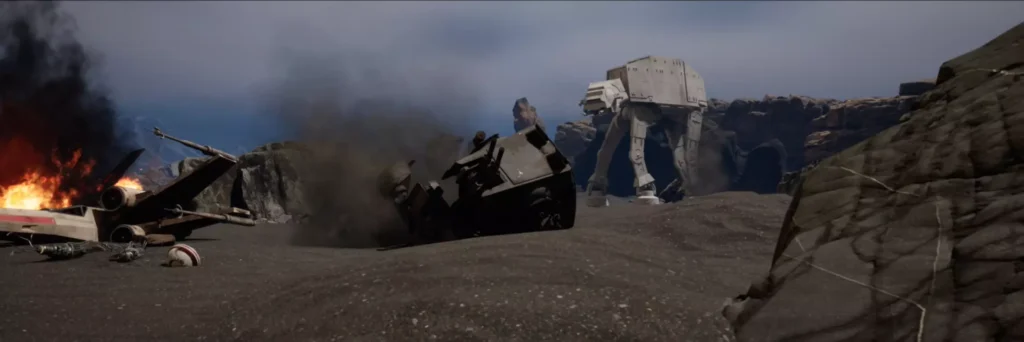
Finding Star Wars 3D assets for The Empire Wants You was very simple because being a mass phenomenon has led many 3D artists to create numerous elements ranging from characters to props, passing through objects and spaceships.
All the characters, props, and spaceships were taken from Sketchfab, and I made them animatable by creating a skeleton (Rig) with Character Creator 4. Some objects and structures were modeled and/or customized with Blender and then assembled inside UE5.
Finally, the environments of The Empire Wants You were built from scratch using various Unreal tools and Quixel Megascans libraries.
How long did you work on this project? Can you tell us a little bit about the backstage?

The project The Empire Wants You, which due to its non-profit nature, couldn't occupy my work hours, was conceived, developed and produced in a time span of about 3 months.
There are no backstage stories to tell! Unfortunately, compared to the fun situations that can be created on a set in a Live Action project, CGI work is less thrilling as it involves only a computer throughout the production.
Perhaps in the future, with new machines equipped with artificial intelligence, we can expect some funny anecdotes to share.
What was the most complex part of the entire film construction?

At the end, as in all films, in The Empire Wants You the most difficult thing was to find my story and, above all, to understand with what tone of voice to tell it.
From a purely technical point of view, the hardest thing (not the most complex) was all the repetitive work related to finalizing the video. I always prefer the creative part, I am not naturally super precise, and to do this 3D work, I had to force myself a lot.
Do you have any future ideas for upcoming films? Are you working on other projects?
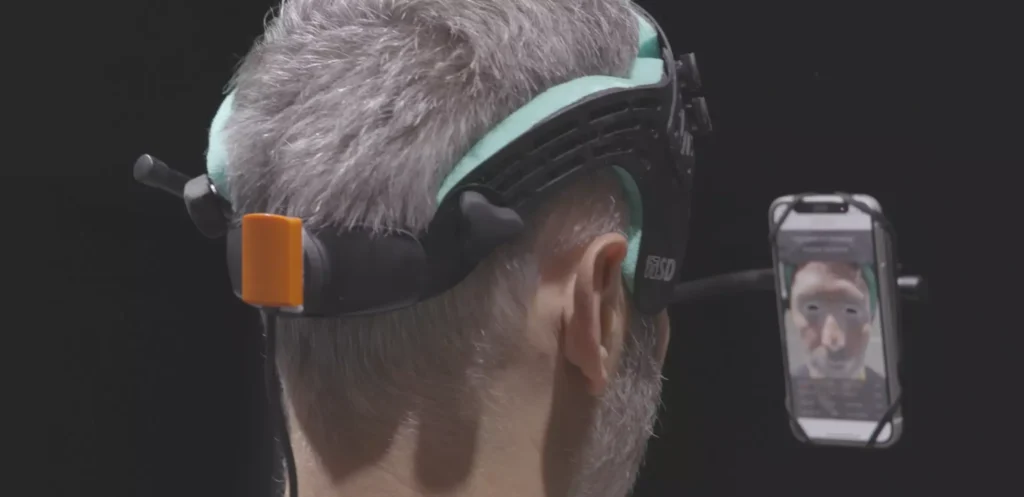
I have many ideas, including a web series to continue the Star Wars vein with an even more comedic tone, and on the other hand, something with more dramatic tones. In any case, the next step is a film with characters to animate even at the level of facial expressions to further push the emotional aspect of the narrative.
